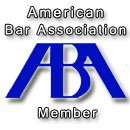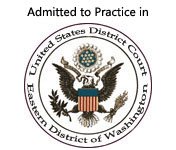Ask an Attorney a Question for FREE!
Arguing Fault in Small Claims Court
Proving Fault can be Difficult | Part II
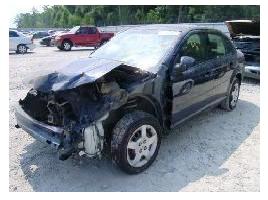
After explaining what happened (and showing that you were compliant with your duty to avoid and lookout, and also followed the rules of the road), you want to show why the other person did not follow the rules. Some accidents can be very clear, but you have to show that you had the right of way.
This is where looking at your state code will be very important.
Check out the rules of the road or traffic code for your state. They are all accessible online for free. Look up all statutes that might apply to your situation.
If you bring this up, you can show that you had the right of way per the statute.
Remember, the rules of the road are not written in the DMV driving materials.
They are statutes enacted by the legislature of your state. Print them up and give them to the judge. This will help clarify your case.
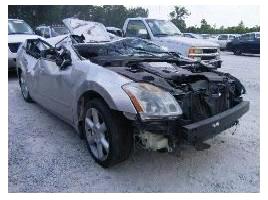
You are also implicitly doing something else. You are establishing the Duty – Breach violation of the other driver. You are leading the judge along, letting her make all the conclusions, but making a solid cases of negligence.
Causation is the next step. This is almost never an issue in a small claims court although it can be used as a defense.
There is a long explanation of causation and how attorneys and judges look at it. However, arguing fault in Small Claims Court scenarios with a full causation analysis happens very seldom. The Breached Duty must be causally related to end damages.
What it means is that whatever the other person did wrong, caused the accident.
Usually this is a non issue (in fault cases, it can be more difficult in injury cases). The other driver ran the stop sign.
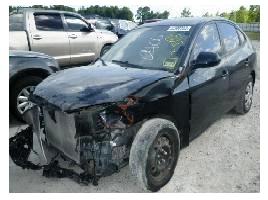
This was the cause of the accident (subject to other facts), end of the story. There are however certain violation of duties that might not contribute to an accident. One example is NOT wearing a seatbelt. All states require you to wear a seatbelt when you are in a moving motor vehicle (vehicles of a certain age are exempted).
If you are not following this regulation, you are in violation of that duty. However, the fact that you did not wear your seatbelt was not causally related to the fact that the other person ran the light and hit you.
Causation is the nexus and in some cases it is obvious, in some others it can be very difficult to show. In Small Claims Car accidents, it is almost always obvious that the nexus did not exit.
Some cases are more difficult to show than others. Trying to show that someone was not paying attention is more difficult than showing he did not have the right of way.
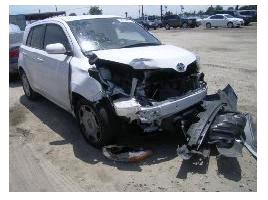
Showing right of way is a matter of setting up the scene, which you can do in a diagram while showing the statute that gives you the right of way. Showing that someone was not paying attention is much more difficult.
This is where you have to take pictures of the accident scene. Show that the other person had ample opportunity to see you and to see the intersection but failed to do so.
Perhaps the hardest thing to argue is that the other person was not paying attention but you were. For example, if the intersection is open and the other person should have seen you, does it also means that you should have seen them too? This is a catch 22 so you have to be careful on how you argue the case.
Pictures, statements, diagrams, etc. are all very important, but the main piece of evidence will be the police report.
Read more here:
Traffict Ticket eBook
Speeding Ticket eBook
1. Small Claims Court (Overview)
2. When to go Small Claims Court
3. Important Small Claims Considerations
4. How to argue your Small Claims Case
5. Small Claims Court Legal Argument Part I
6. Small Claims Court Legal Argument Part II
7. Arguing in Small Claims (the Police Report)
8. Small Claims Court and the Auto Damages
9. Small Claims and the Injury Claim
10. Collecting the Small Claims Award
11. Appealing the Small Claims Court decision
Total Loss eBook
Personal Injury eBook
|
|
|
For a Free Review of Your Case
Please Call (866) 878-2432 |
